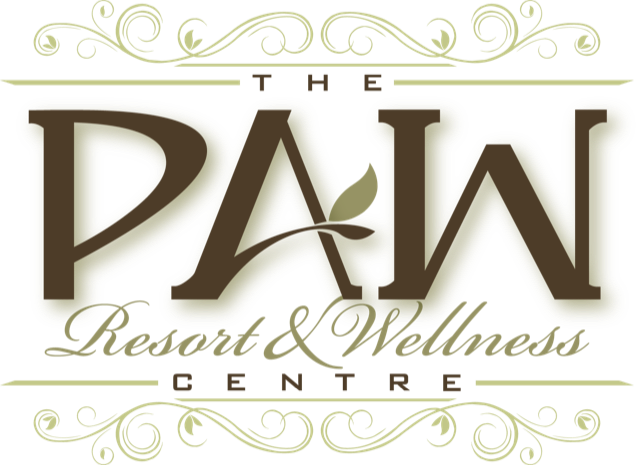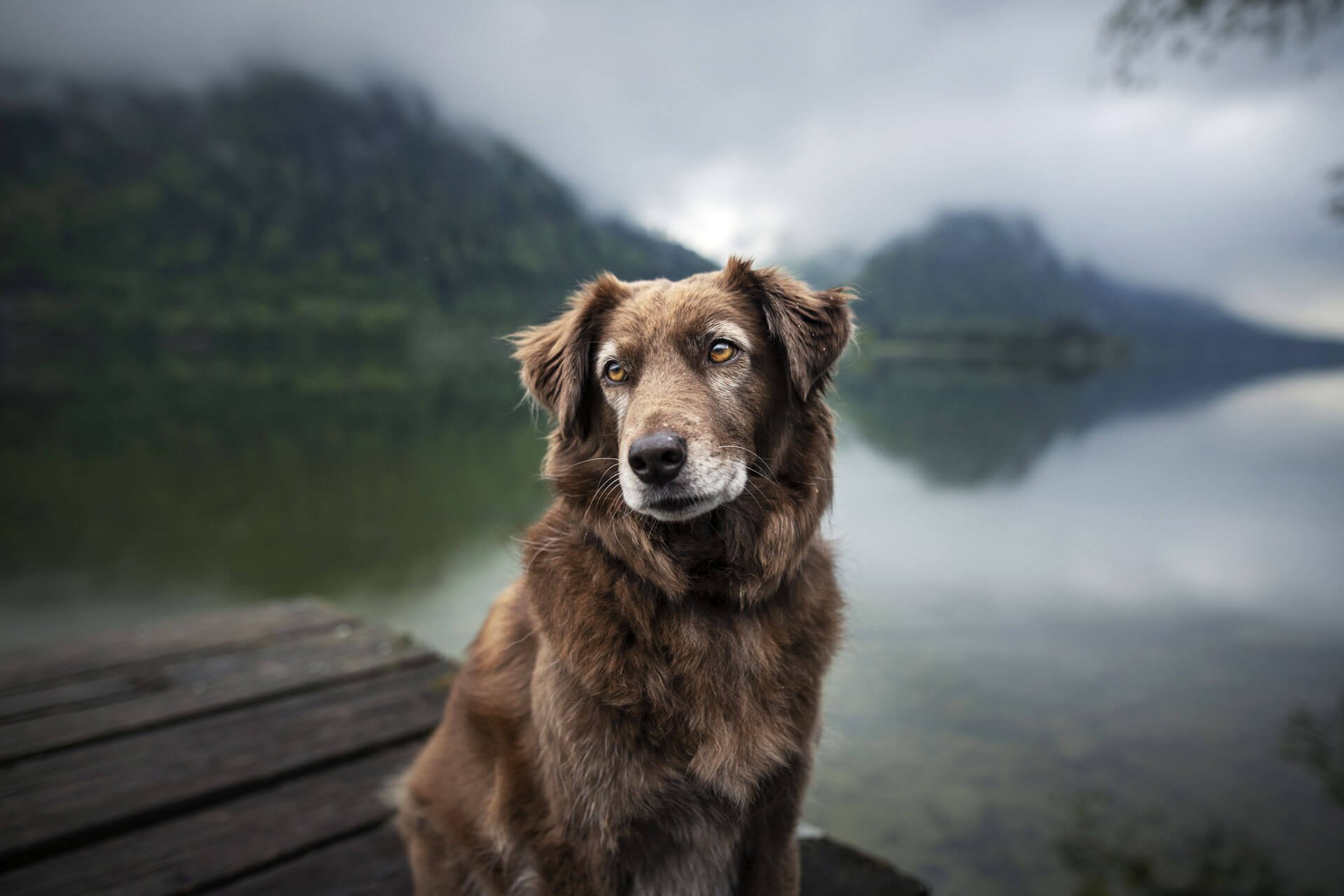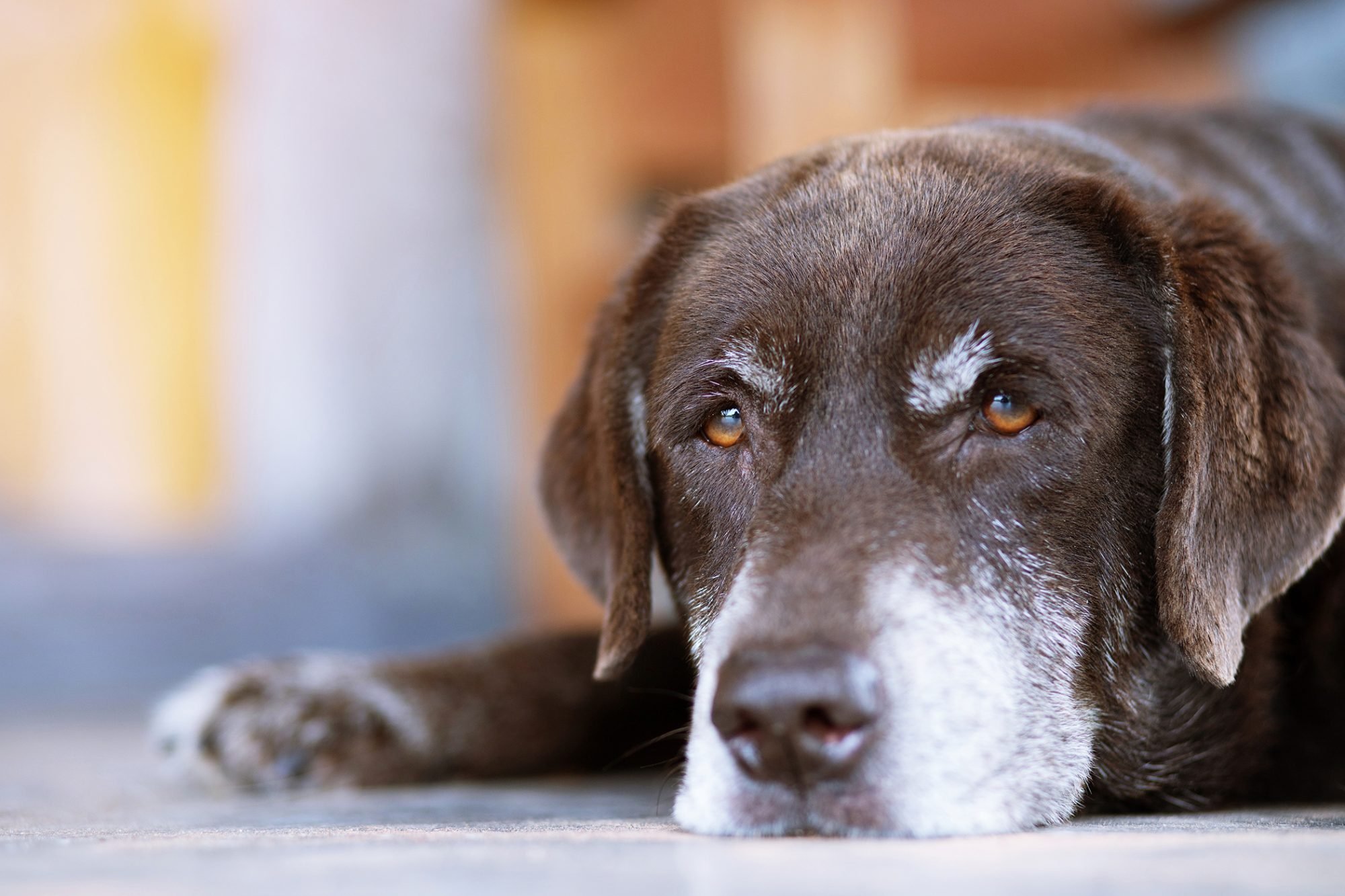As our furry friends age, their nutritional needs change. What they used to eat when they were much younger and more energetic may no longer work for them as they hit their senior years. For instance, the dry food that they loved chowing down years ago may be a lot harder for them to chew or swallow now. And, of course, you need to make the change to ensure they’re still getting their proper nutrients to stay healthy and live a long, happy life!
That being said, here are tips to ensure your senior dog is getting the proper nutrition:
1. Check with the Vet
As your dog gets older, its nutritional needs may change. It’s important to talk to your vet about whether or not your dog might need a different diet as they age. Your vet can help you determine the best food for your dog based on their individual needs.
2. Feed Them More Protein
As your dog gets older, they may need more protein in their diet than they did when they were younger. Up to 30% more protein may be necessary to maintain their health and vitality. Make sure your senior dog is getting enough of this important nutrient by checking with your veterinarian and feeding them high-quality food that meets their needs.
3. Pick Food Items Higher in Fat
As your dog gets older, their metabolism slows down, and they become less active. This means that they need fewer calories than when they were younger. However, senior dogs still need a nutritious diet to keep them healthy and strong. Look for food that is high in fat to help maintain your dog’s weight and energy levels.
4. Monitor Your Dog’s Weight
As your dog gets older, it may start to put on weight. This is because, as we mentioned, their metabolism slows down, and they don’t burn off calories as quickly as they used to. To keep your senior dog at a healthy weight, you’ll need to adjust their food intake accordingly. They may need more or less food than they did when they were younger, so be sure to monitor their weight and make changes to their diet as needed.
5. Divide Their Meals throughout the Day
Your senior dog may not have the same appetite as they did when they were younger, so it’s important to feed them several small meals throughout the day instead of one large one. This will help them digest their food better and provide them with the nutrients they need to stay healthy.
6. Ensure That Your Dog Enjoys Fresh, Clean Water
Clean water is essential for all dogs, but it is especially important for senior dogs. As they age, their bodies become less efficient at processing and using water, which can lead to dehydration. Make sure your senior dog always has access to fresh, clean water so they can stay hydrated and healthy.
7. Add Some Supplements to Your Senior Dog’s Diet like Omega-3 Fatty Acids
Adding supplements to your senior dog’s diet can help with joint pain in a number of ways. First, omega-3 fatty acids help to reduce inflammation throughout the body, including in the joints. This can help to reduce pain and swelling associated with arthritis and other joint conditions. Additionally, omega-3 fatty acids can also help to lubricate the joints, which can further reduce pain and stiffness.
Finally, supplements like glucosamine and chondroitin sulfate can help to rebuild cartilage and connective tissue around the joints, providing additional support and cushioning.
8. Avoid Making Sudden Changes in Your Dog’s Diet
Sudden changes to your senior dog’s diet can upset their stomach, so it’s best to avoid them. Instead, gradually transition your dog to new food over the course of a week or so. This will give their digestive system time to adjust and minimize the chances of an upset stomach.
9. Replace Traditional Dog Treats with Fresh Fruits
You may be surprised to learn that there are a number of healthy, fresh fruit options that make excellent dog treats. This can include apples, bananas, melons, and even papaya. Either way, your senior dog will enjoy them, and thanks to the nutritious value of the fruits, your dogs will benefit from them as well.
10. Process Dry Foods
As your senior dog starts to lose some of its teeth, it can become more difficult for them to eat dry food. If you are still feeding your senior dog dry foods, consider grinding them down so that they are easier to eat. This will help your senior dog get the nutrition they need while also making it easier for them to eat.
11. Try Feeding Them Wet Food
As your dog gets older, their teeth may not be as strong as they used to be. This can make it difficult for them to eat hard foods. Wet foods are a great alternative for senior dogs, as they are much easier to eat and are often more flavorful.
12. Raise the Food Bowl
As your dog gets older, it may have a harder time reaching down to the ground to eat from its bowl. A simple way to help them is to raise the bowl up off the ground, either with a special stand or by propping it up on something like a box or stool. This will make it easier for your senior dog to eat and enjoy its meals.
Conclusion
As you can see, there are a ton of things you can do to help your senior dog continue eating nutritiously and fuel their bodies to continue living a healthier, happier life. That said, you might feel overwhelmed with all of these tips at first, so we recommend starting with a couple and going from there. However, if there is at least one tip you should be following today, it is to visit the vet about your dog’s eating habits. Consult with them on how to properly feed your senior dog as they age older and older, and you’ll gain valuable insights and pieces of advice on how to properly feed your senior dog! Remember, they’re family too, and just like how you should pay attention to your senior’s diet to ensure they eat healthily, you should be doing the same with your furry friend!
The Paw Resort & Wellness Centre offers multiple pet services under one large roof built to bring the best to you and your beloved furry friend. If you are looking for a dog daycare near you and more, reach out to us today!




Post Comment